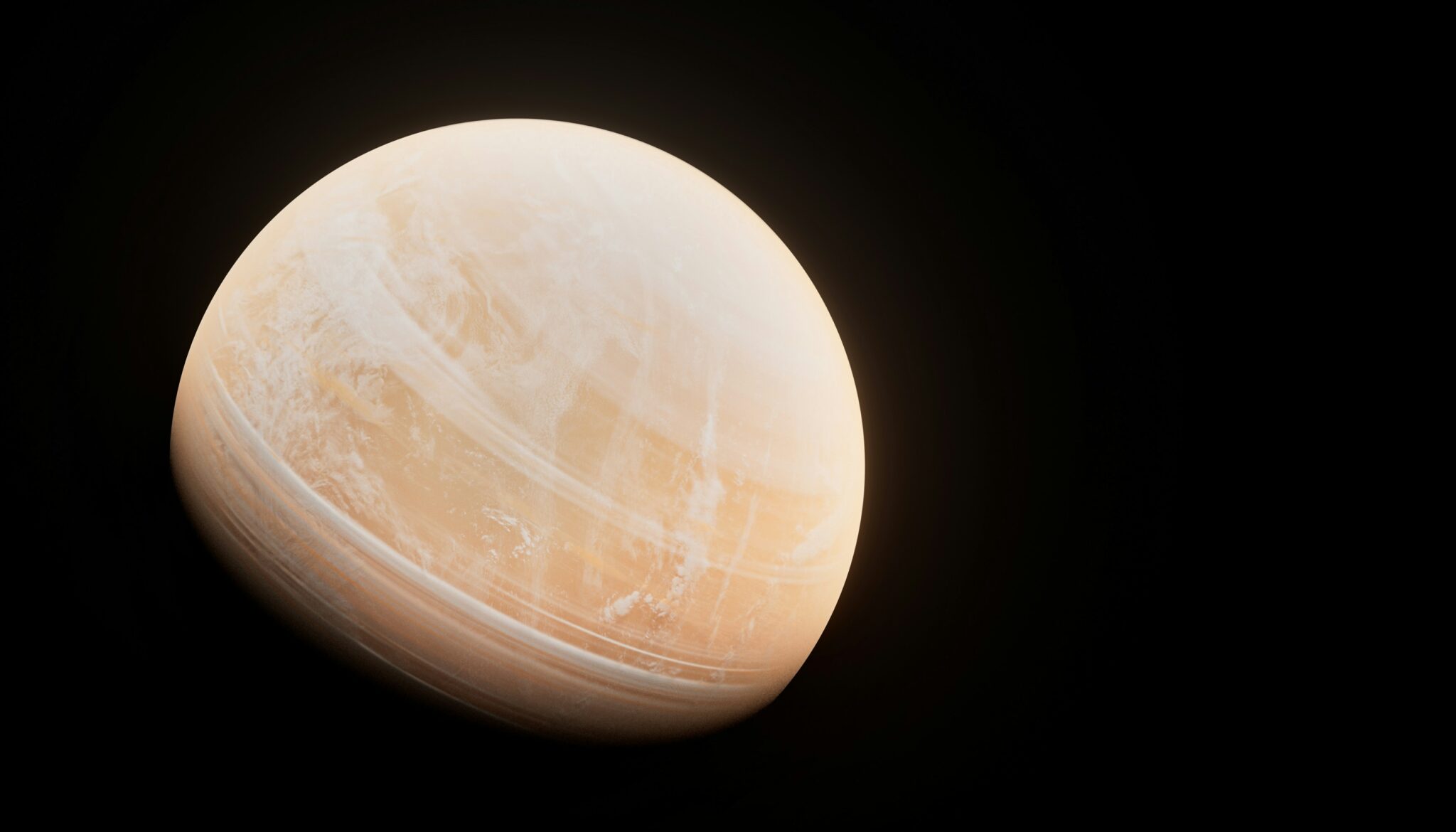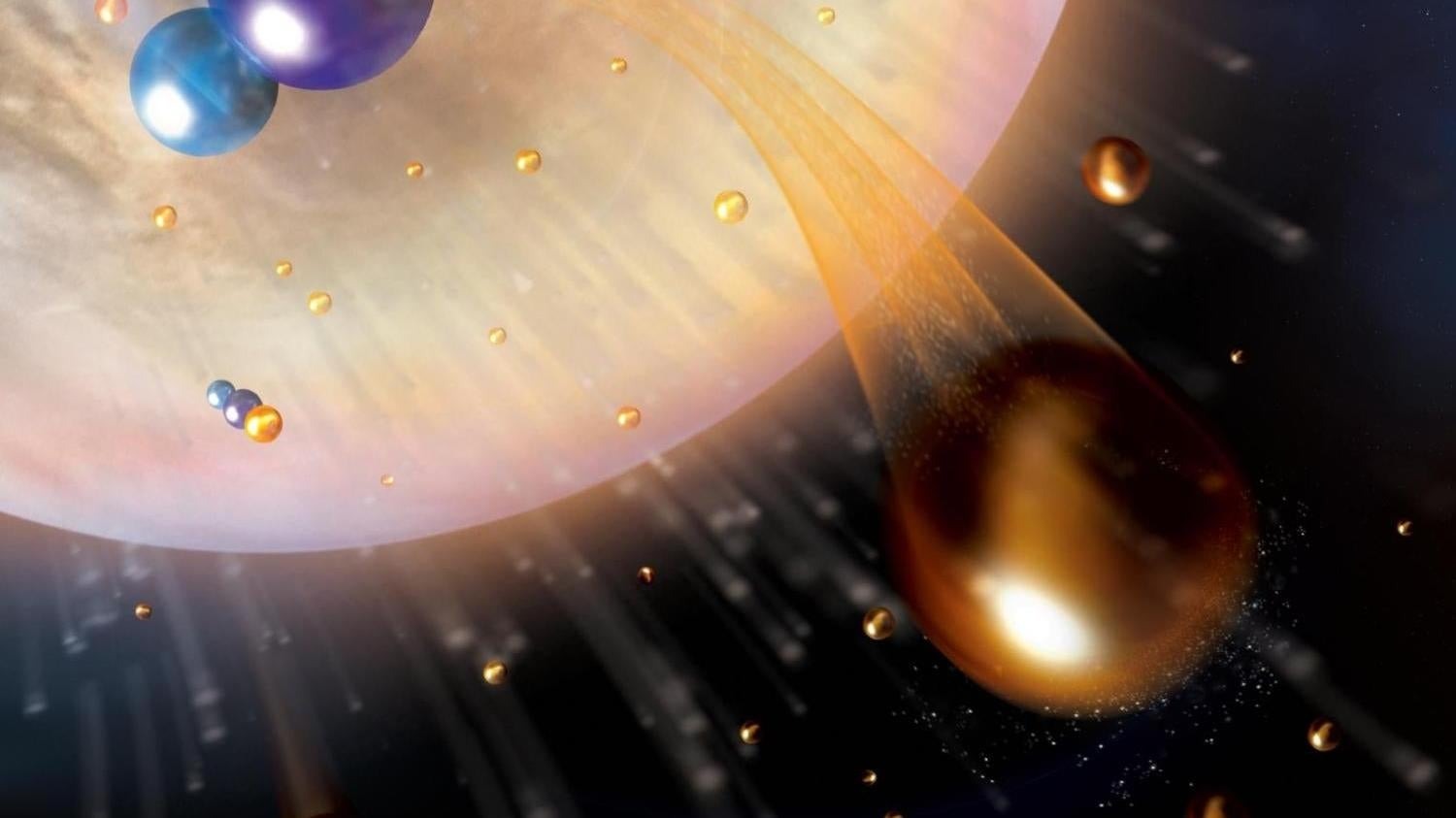About 4.5 billion years ago, Earth and Venus emerged in chaos during the formation of the young Solar System. Both planets were very similar in size and structure at first, and also quite likely had the same amount of water. But today Venus is a hellish desert with incredibly high atmospheric pressure and clouds of sulfuric acid, where there is almost no water.

The exact mechanism of the transformation of Venus into a desert remains a mystery to science. However, new research indicates that the main role in this may be played by a molecule of the methanaldehyde ion, known as HCO+, which evaporates into space and drains the last remnants of water on Venus.
Draining Venus for billions of years
A group of planetary scientists from the University of Colorado at Boulder, using computer models, studied chemical reactions in the atmosphere of Venus and found that HCO+ could be the main factor in arid conditions on the planet. The results of their research were published in Nature.

Initially, Venus may have lost a significant amount of water due to evaporation from the atmosphere. The solar wind, consisting of charged particles, constantly permeates the Solar System. But the Earth, protected by a magnetic field, is almost not affected by it, while Venus is open to it. This has led to the assumption that Venus has lost most of its water over billions of years.
Dissociative recombination
This process may explain the large loss of water, but it does not explain how much water the planet has lost to date. New research indicates that Venus continues to lose water through a process known as dissociative recombination, when HCO+ reacts with water to form a positively charged molecule. Although methanaldehyde ions have not been directly detected in the atmosphere of Venus, preliminary evidence suggests the presence of molecules that can form this reaction.
Future missions to Venus, such as VERITAS and DAVINCI, are not equipped with the appropriate instruments to study these molecules. Therefore, scientists recommend new missions that can help figure out the details of these processes.
According to gizmodo.com
Follow us on Twitter to get the most interesting space news in time
https://twitter.com/ust_magazine


